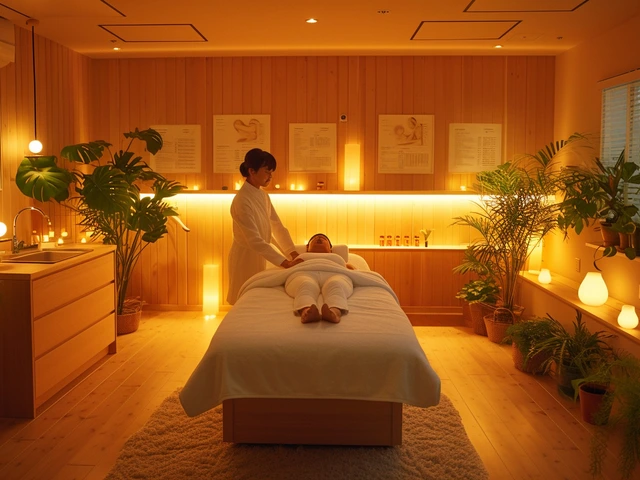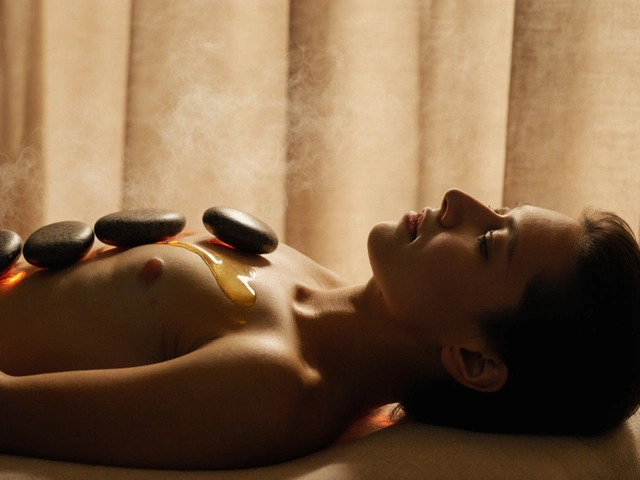Mind Body Healing: Simple Paths to Real Change
Your body stores more than memories; it keeps tension, posture habits, and stress patterns that shape how you feel each day. Mind-body healing means using gentle touch, movement, and pressure to shift those patterns so you sleep better, move easier, and feel calmer. You don’t need complicated routines—small, consistent changes bring big results.
How these methods work is practical. Therapies like Feldenkrais and Hellerwork focus on awareness and alignment to retrain movement. Acupressure and reflex-style methods use specific points to reduce pain and reset stress responses. Ortho-Bionomy and gentle bodywork nudge the nervous system to relax rather than fight. Massage styles such as Lomi Lomi, Amma, hilot, and warm stone focus on rhythm and touch to ease muscle holding and emotional tightness. Palliative and blind massage show how touch can comfort where medicine alone can’t.
Pick a path based on what you want to fix. For posture or chronic tightness try structural options like Hellerwork or Rolfing. If movement awareness or flexibility is your goal, Feldenkrais or somatic lessons can change how you move without forcing stretches. For stress, acupressure, polarity therapy, and therapeutic massages offer quick relief. Chronic pain responders often find Ortho-Bionomy or gentle trigger point approaches helpful because they work with your body’s responses, not against them.
Quick practical steps you can start today: learn two acupressure points for headaches and shoulder tension, add a ten minute Feldenkrais awareness exercise before bed, or try a single warm stone session to ease winter tightness. When you book a therapist, ask about training, session goals, and how they measure progress. A good practitioner will show home practices you can use between sessions.
What to expect in a session varies but it should feel safe. Structural sessions may be hands-on and focused on alignment. Somatic and Feldenkrais work uses slow guided moves and awareness cues. Massage sessions use pressure, rhythm, and sometimes heat or stones. If you have medical issues, tell your therapist. Simple changes in breathing and small movement habits matter a lot for results.
If you’re curious about retreats, places like Esalen combine massage, meditation, and workshops to reset your routine. For beauty and recovery trends, options like snail facial massage or stone therapy offer targeted benefits. Finally, give most methods at least three sessions before judging effects; change takes time but often starts in the first visit.
Combining approaches often speeds results. Try pairing weekly bodywork with short daily movement checks. Track sleep, pain levels, and mood for two weeks to see patterns. If you take medication or have recent surgery, clear any new plan with your doctor. Budget sessions by starting monthly and increasing if you feel progress. Look for community clinics, trainee clinics, or online sessions if cost is an issue. Read short reviews, ask about certifications, and choose a therapist who explains what they do in plain language. Small, steady steps win—pick one change this week and notice what shifts in two weeks. Start today now.

Refreshing Your Mind and Body with Lomi Lomi Massage
Lomi Lomi Massage is an ancient Hawaiian practice that offers a unique way to rejuvenate both mind and body. This massage technique uses continuous, flowing strokes to create a relaxing and holistic experience, improving circulation and releasing tension. Discover how this method can enhance your well-being with its focus on harmony and balance. With tips on what to expect and how to make the most of your session, uncover the transformative power of Lomi Lomi.
Categories
- Health and Wellness (148)
- Alternative Therapies (86)
- Massage Therapy (40)
- Travel and Culture (15)
- Beauty and Skincare (9)
- Holistic Health (8)
- Health and Fitness (5)
- Spirituality (5)
- Other (2)
- Personal Development (2)



